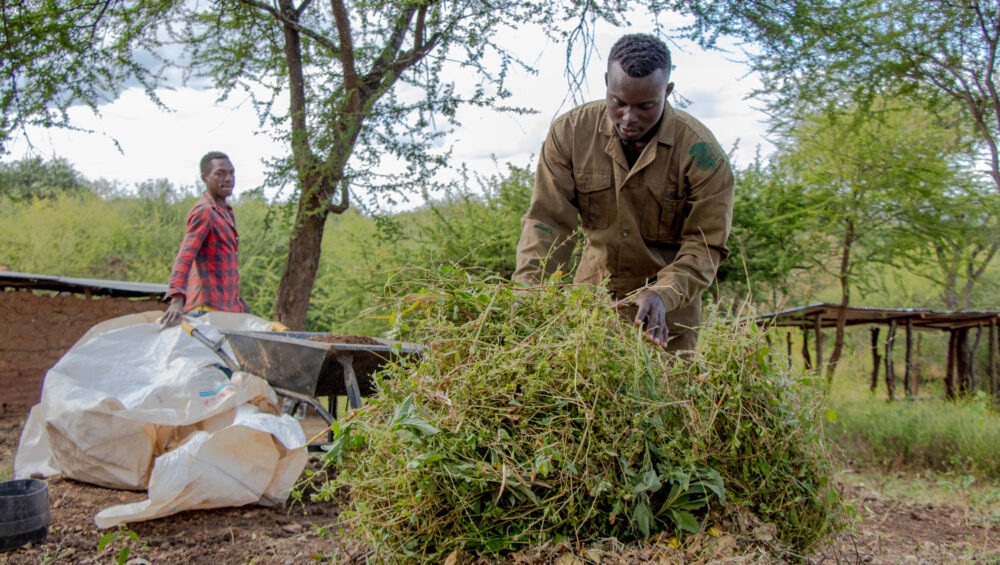For years, the conversation around getting young people into agriculture has been loud, from flashy competitions to “agri-bootcamps” and catchy slogans. Yet, the uptake remains slow. Why? Because young people are not naïve; they see and hear the horror stories. Failed crops due to drought, low market prices, middlemen taking the lion’s share, and an industry that is too often seen as a livelihood of last resort. These perceptions are not born in a vacuum, they stem from lived experiences and visible realities.
If we want to change this narrative, we must go beyond motivational speeches and photo ops. We need a practical, systems-level shift that makes agriculture worth their time, investment, and creativity. That means:
Policies that Favor Agriculture
Government incentives, from tax breaks for agribusiness startups to subsidies for water and energy, are essential. Policies should reduce barriers to entry, make it easier to access land, and protect farmers from exploitative market practices.
Water: The First Non-Negotiable
In semi-arid areas like Kenya’s lower eastern region, farming without water is impossible. Large-scale water infrastructure, micro-irrigation systems, and nature-based solutions like water pans and sand dams must be prioritized. Without solving water, no youth-led agriculture program will thrive.
Value Addition as a Priority
Raw produce often fetches the lowest returns. Processing and manufacturing, turning mangoes into dried fruit, maize into fortified flour, or herbs into essential oils, generate higher profits and create jobs. Young people need to be shown these possibilities and trained to capture them.
Agritech That Works on the Ground
Yes, drones and apps are exciting, but agritech should also solve practical problems, logistics, aggregation, and precision farming adapted to local conditions. Development institutions should fund tech that’s sustainable and scalable, not just shiny prototypes.
The Whole Farm-to-Fork Perspective
Agriculture is an ecosystem, not just planting and harvesting. Youth should learn the entire chain, production, processing, packaging, marketing, and distribution, so they can choose where to plug in.
Funding That Matches the Vision
Development Finance Institutions (DFIs) are increasingly linking programs to income generation, especially for youth and women. But agriculture funding is still perceived as “high risk.” DFIs and financial institutions need to rethink lending policies, and where they use financial intermediaries, also invest in building these intermediaries’ capacity to manage agricultural loans sustainably.
Regenerative Agriculture for Climate and Profit
Training youth in regenerative agriculture, syntropic agroforestry, composting, integrated pest management, cover cropping, not only builds climate resilience but also reduces input costs. This model safeguards soil health, ensures better yields over time, and aligns with global sustainability agendas that donors increasingly want to fund.
If we truly want to see young people in agriculture, we must stop selling them the dream of farming and start building the reality of a sector that is profitable, innovative, and climate-smart. When policies, infrastructure, skills, technology, and finance align, agriculture becomes not a last resort, but a first choice.
This International Youth Day, let’s commit to creating an agricultural future where young people can thrive, from farm to fork.

